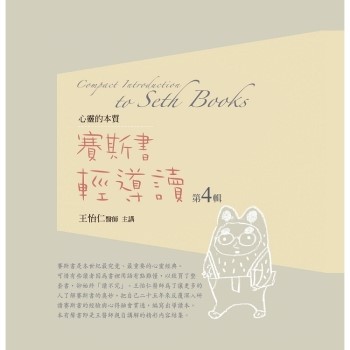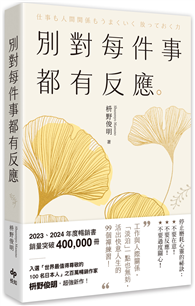This book defines the processes used for delivering a range of food items to the city of Rome and its hinterland from the first century AD using modern supply chain modelling techniques.
The subject matter delves into the wider supply of goods, such as wood and building products, to add further perspective to the breadth of the system managed by the Roman administration to ensure supply and political stability. It assesses the impact of strategic changes such as the introduction of water-powered milling technology and restructuring of the annona in this period, as well as administrative reforms. Evidence from ancient sources, both literary and epigraphic, along with relevant archaeological comparative evidence is used to develop a detailed supply model, including the mapping of warehouse management systems; port and river traffic co-ordination; quality control mechanisms and administrative structures. Unlike other contemporary studies, this model takes into consideration supply chain losses to correct the erroneous assumption that supply is equal to consumption. A product flow map from the source of supply to the consumer details the labour, equipment and infrastructure required at each stage, painting a graphic picture of just what an achievement it was for the administration to have maintained such a complex system over this long time period.
Food Provisions for Ancient Rome provides an in depth exploration of this topic that will be of interest to anyone working on the city of Rome under the empire, as well as those interested in imperial administration and logistics.











